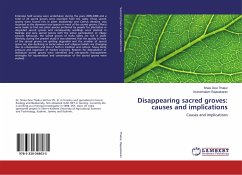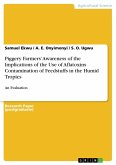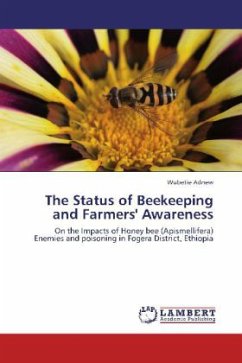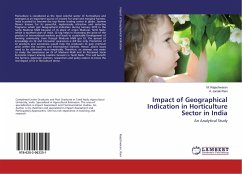Extensive field surveys were undertaken during the years 2005-2008 and a total of 33 sacred groves were recorded from the valley. These sacred groves were found rich in plant biodiversity and Cedrus deodara was recorded as the dominant tree species in most of the sacred groves. Efforts were made to find out plant species preferred by people for plantation in degraded sacred groves and consequently seedlings were planted in Nashala and Jana sacred groves with the active participation of village people. Although, the sacred groves of Kullu Valley are rich in plant diversity, during the present study it was observed that the quality of most of the sacred groves are getting degraded and the number of sacred grove are also declining as social values and religious beliefs are changing due to urbanization and loss of faith in tradition and culture, heavy biotic pressure and expansion of market economy. Reasons for degradation of individual sacred groves were identified and site-specificmanagement strategies for rejuvenation and conservation of the sacred groves were evolved.
Bitte wählen Sie Ihr Anliegen aus.
Rechnungen
Retourenschein anfordern
Bestellstatus
Storno








